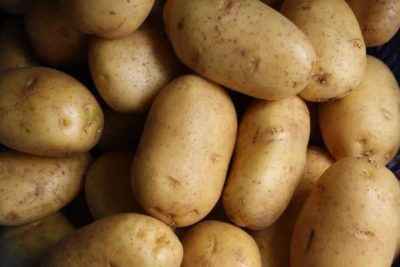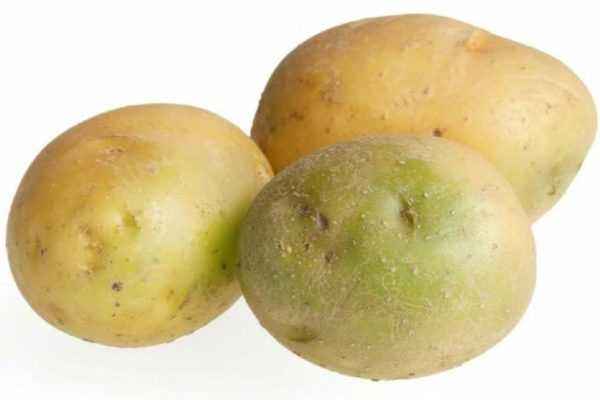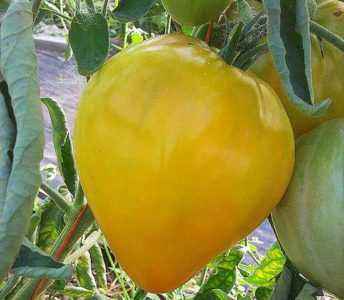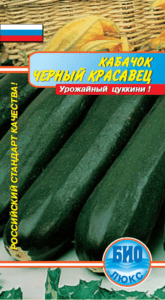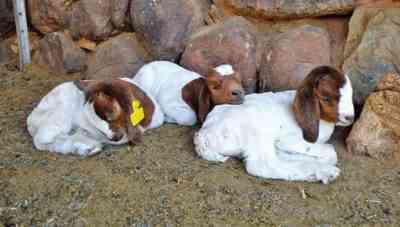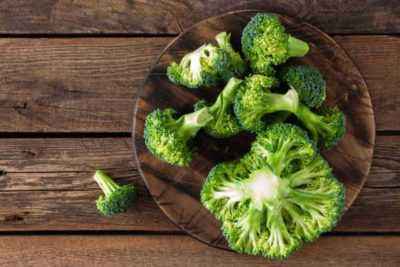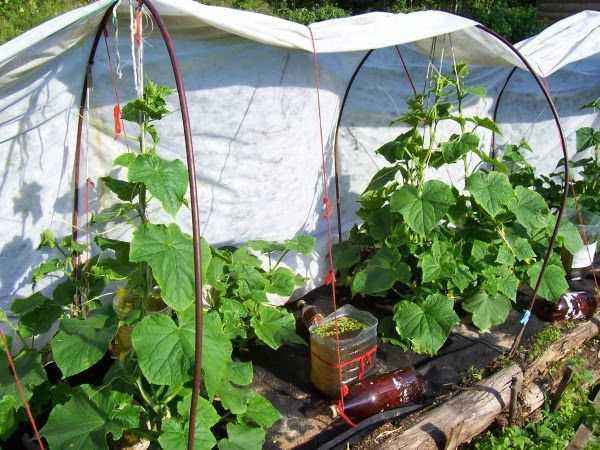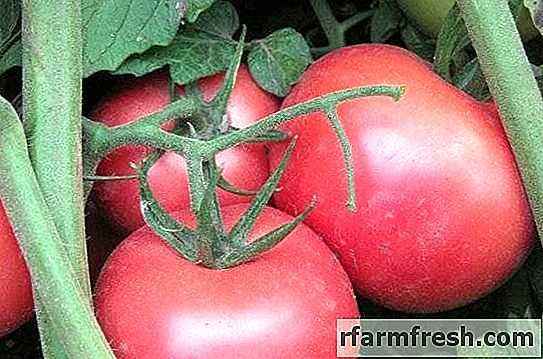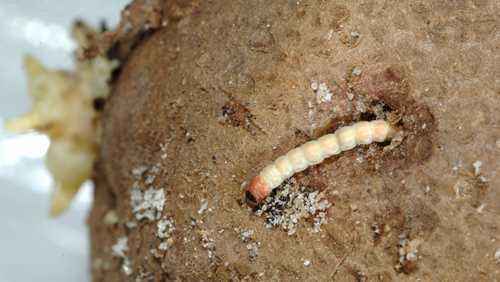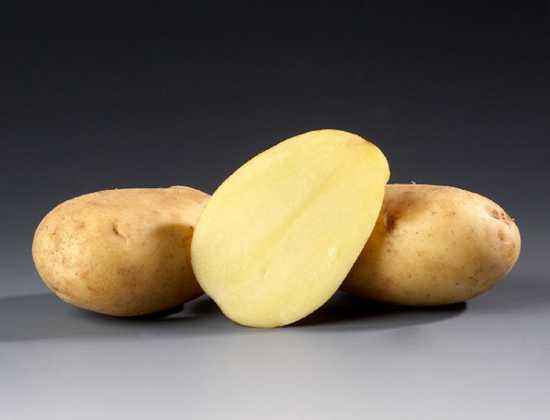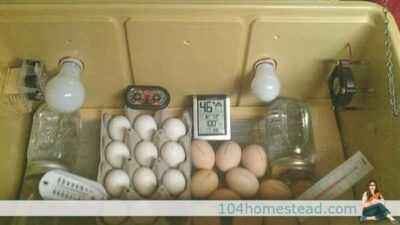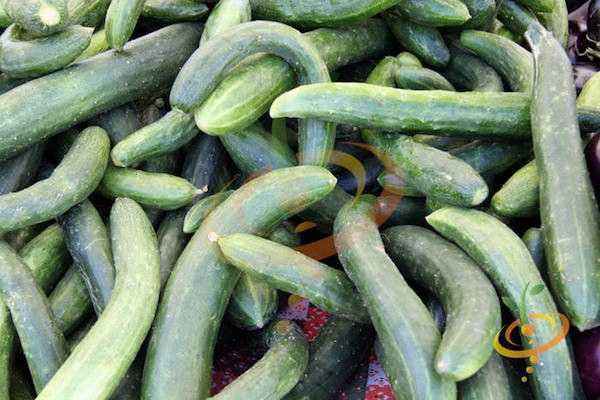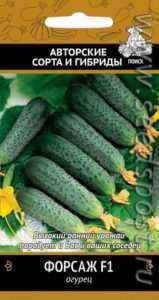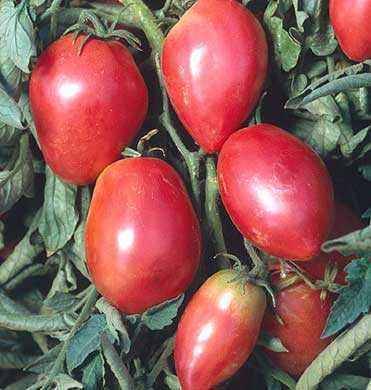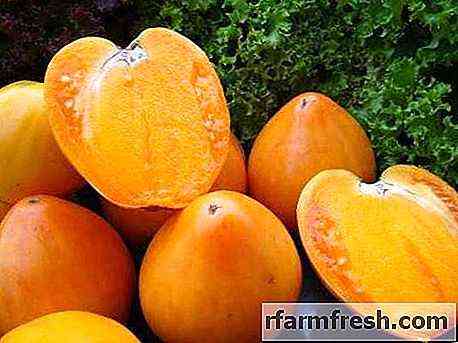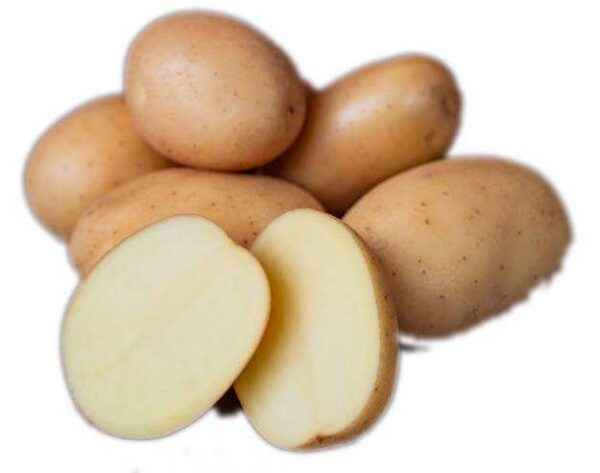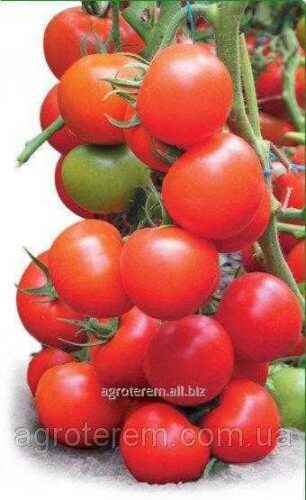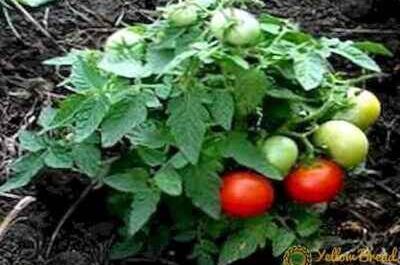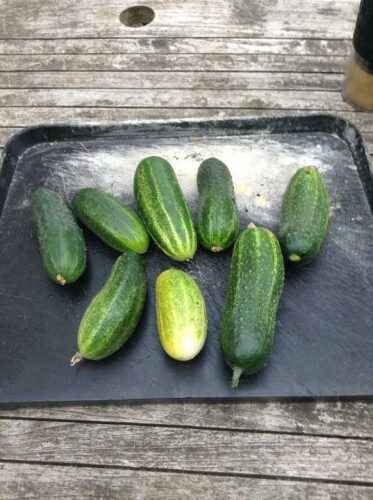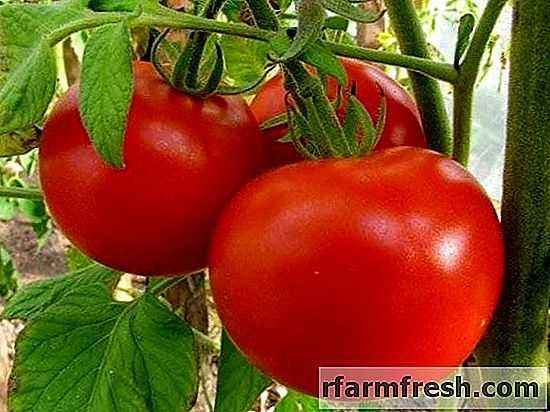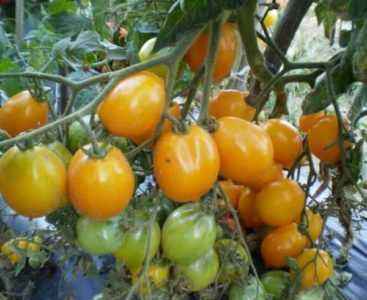It happens that when growing cucumbers, the flowers crumble, the leaves turn yellow, the fruits grow small and irregular in shape, or the cucumbers blossomed a lot, but there are no ovaries. Why do not cucumbers grow? Consider the main reasons in the article.
- Causes of poor growth
- Recommendations before planting
- Variety selection
- Planting dates
- Seed preparation
- Features of the care
- Lighting <
- Temperature <
- Nutrients
- Molding the whip
- Watering <
- Diseases and pests
- For
- Conclusion
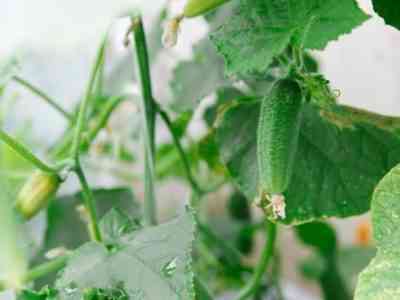
Causes of stunting and fruiting of cucumbers
Reasons for poor growth
There are several factors that influence the suspension of crop growth:
- Cucumber variety. There are two types of hybrids: self-pollinating (parthenocarpic) and pollinating in the traditional way. Parthenocarpic varieties are considered more productive.
- Violation of the landing dates. Cucumber is a culture that grows well and develops in a warm climate. Seedlings are planted in open ground or sown seeds after the air temperature drops below 15˚C.
- Seed quality. Seeds for sowing take either purchased or independently harvested, but aged not less than 1-2 years. Own seeds must be treated with manganese solution before sowing.
- Lack of sunny color.Cucumber is demanding on light, seedlings and an adult plant. It is necessary to provide good lighting.
- Lack of heat. This factor leads to a slowdown in green growth. Seedlings begin to hurt. Prolonged cooling leads to the loss of sprouts.
- Nutrient deficiency. To eliminate this cause, the plant is regularly fed with mineral and organic fertilizers.
- Neglecting the molding of the whip. For good development and abundant fruiting, the top is trimmed. This will stop the growth of the plant in length, the number of female flowers and side shoots will increase.
- Lack or excess of moisture leads to a slowdown in the growth of seedlings. In excessively moist soil, the plant grows intensively, but begins to build up green mass, and the formation of ovaries slows down. In dry soil, growth stops, the flowers dry and crumble, the plant turns pale, withers and dies.
- Disease with powdery mildew, anthracnose leads to weakening of the plant. Zelentsy spend energy on the fight against the disease and cease to bear fruit.
- The appearance of aphids. Large colonies lead to the loss of whole sections of cucumbers.
Recommendations before planting
Variety selection
Self-pollinating varieties are ideal not only for greenhouses, but also for open ground.In addition to self-pollination, parthenocarpic varieties also have other positive qualities:
- ease of care;
- resistance to diseases;
- less susceptibility to attack by pests.
When choosing a variety pollinated by bees, you can increase the yield by spraying the plants with a weak sweet solution. You can make it from sugar or honey. Take 1 tbsp. l and diluted in 1 glass of water. Flowering plants are treated 2 times a week, as a result of pollination problems disappear.
Many varieties with a bunch of ovaries throw off most of the fruits that are tied, since the plant is not able to feed everything.
Planting dates
Seeds are sown for seedlings in late February and early March. Depending on the variety, 60-80 days before the intended planting in the garden. Cucumber seedlings are planted in greenhouses or hotbeds in the 10th of May. In open ground – at the end of May-first decade of June.
Directly sow seeds in the soil after mid-May. Soil temperature should be around 15˚C. Wells make a depth of not more than 2 cm, otherwise the seeds germinate for a long time or do not germinate at all.
Seed preparation
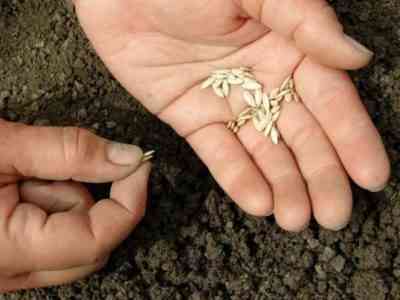
Seeds hardened before planting
If the recommendations for seed aging are not followed, the grown plants form first male flowers – empty flowers, and only then female. Or vice versa, when aged 2-3 years, female flowers are formed earlier or simultaneously with male flowers.
In order for fresh seeds to form female flowers, they are warmed up or pre-sowed at negative or variable temperatures.
Features of care
Lighting
With insufficient lighting, the cucumber seedlings turn pale, turn yellow, stretch and wither. To avoid this, cucumbers are grown in the sunniest place. Also, a lack of light can be caused by the fact that too many seedlings are planted on the bed. To prevent this, make a site planning and observe the planting pattern.
Temperature
To grow crops, select places that are well protected from draft and wind. Seeds and seedlings are tempered to increase resistance to cold.
To protect the plant from temperature changes, mulch the soil. The soil is covered with hay, dry grass or sawdust. Mulching can also be done with leaves or needles. It is permissible to purchase a special film for mulching the soil.This method will help regulate the daily temperature of the soil, retain moisture, control weed growth.
It is impossible to supercool plants with cold water: this significantly slows down plant growth.
Nutrients
Imbalance of nutrients is manifested by the abundant growth of green mass, the plant blooms little, the fruits grow irregularly shaped, the number of ovaries decreases. In this case, the plant is fed with phosphorus fertilizers at the rate of 2 tbsp. l superphosphate per 10 l of water.
If the leaves turn yellow, and the vegetable itself has become pear-shaped, the plant lacks potassium.
Coarsening of the leaves, covering the fruit with spines is more than usual, growth retardation – all these are indicators of the need for top dressing with a weak urea solution.
Forming a whip
The side shoots are most fruitful in cucumbers, so it is recommended to form them no longer than 45 cm. The main stem is left about 1 m long. After pinching, the seedlings are abundantly watered.
numerous empty flowers are not remove: they increase the percentage of pollination of plants.
Watering
Cucumbers are watered 3-4 times a week. Water is taken upright and preferably warm. Water the soil around the plant, not under the root. The best option is drip irrigation.
Before flowering begins, watering is stopped for a while so that the leaves drop a little: this gives an impetus to the abundant formation of female flowers.
Diseases and pests
Signs of diseases and their control:
- Powdery mildew. A sign of the disease is the appearance of white spots on the leaves. As a result, the plant slows down its growth and forms few ovaries. Cucumbers are treated with a mixture of 10 liters of water and 10 drops of iodine. The frequency of spraying for treatment and prevention is once a week.
- Anthracnosis.Round spots appear on the upper side of the leaves, which are covered with a pinkish coating on the back of the leaf. Over time, ulcers form. To prevent the spread of the disease, all damaged leaves are removed and burned. The plant is sprayed with Bordeaux 1% liquid.
Aphids
Aphids are a dangerous pest. It feeds on plant juices, because of which they cease to bear fruit and die over time.
To combat aphids, they wash the plant with warm water and soap. After it is treated with a mixture of 60 ml of garlic infusion and 10 liters of water.
Conclusion
There are many reasons for poor growth and fruiting of the cucumber. But knowing the signs of ailments and methods for eliminating them, it is real to get a plentiful harvest.

